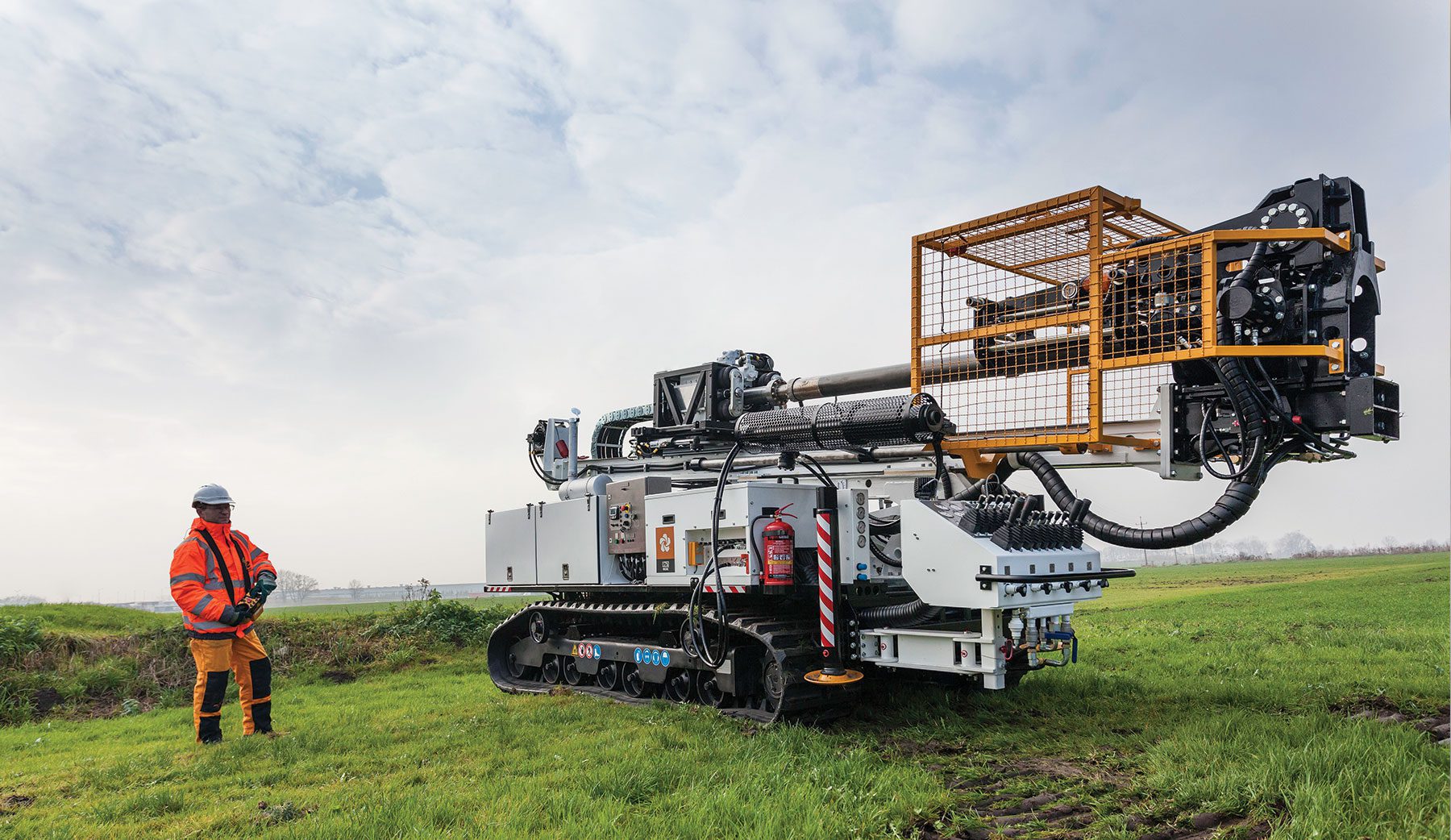
SONIC DRILLING
Revolutionizing Geotechnical Drilling
In the world of geotechnical drilling, innovation has always been key to advancing our understanding of the Earth’s subsurface. Among the various drilling techniques available, sonic drilling has emerged as a game-changer, offering unparalleled advantages in terms of speed, efficiency, and sample quality. In this blog, we will explore sonic drilling, its technology, and how it’s transforming the scope of geotechnical drilling.
The Basics of Sonic Drilling:
Sonic drilling is a cutting-edge drilling method that utilizes high-frequency vibrations to break down subsurface materials. Unlike conventional drilling techniques that rely primarily on rotation and downward force, sonic drilling couples rotation with sonic energy to reduce friction and advance the drill string into the ground efficiently. Here’s how it works
High-Frequency Vibrations: Sonic drilling employs a resonant frequency between 50 to 200 hertz, causing the drill bit to oscillate rapidly. These vibrations create a low-friction environment, allowing the drill string to penetrate the subsurface materials with ease.
Core Sample Extraction: Sonic drilling excels at extracting continuous, high-quality core samples. A specialized core barrel is used to capture and preserve undisturbed soil and rock samples, providing geotechnical engineers with accurate data for analysis.
Minimal Waste: The efficiency of sonic drilling minimizes waste and drill cuttings, reducing environmental impact and cleanup efforts.

Changing the Scope of Geotechnical Drilling
Speed and Efficiency: One of the most significant advantages of sonic drilling is its speed. Sonic drill rigs can advance through challenging subsurface conditions at rates of up to 30 meters per hour. This rapid drilling pace significantly reduces project timelines, translating into cost savings for clients.
High-Quality Samples: Sonic drilling’s ability to extract high-quality, undisturbed core samples is a game-changer for geotechnical investigations. Engineers and scientists can gain a better understanding of subsurface conditions, including soil composition, stratigraphy, and the presence of contaminants. This leads to more accurate project design and risk assessment.
Reduced Environmental Impact: Sonic drilling generates minimal waste, reducing the environmental impact of drilling operations. With fewer drill cuttings to dispose of, the risk of soil and groundwater contamination is lowered, making it an environmentally responsible choice.
Versatility: Sonic drilling is highly versatile and can be used in a wide range of geological conditions, from soft soils to hard rocks. It is particularly useful in urban environments where minimizing disruption to infrastructure and nearby structures is crucial.
Safety: The reduced vibration and noise associated with sonic drilling enhance safety at drilling sites. This is especially important in urban and populated areas where traditional drilling methods can be disruptive and potentially hazardous.
Sonic drilling is undoubtedly changing the scope of geotechnical drilling. Its speed, efficiency, and ability to provide high-quality core samples have made it a preferred choice for many geotechnical and environmental projects. As technology continues to advance, we can expect even more improvements in sonic drilling techniques, further enhancing our ability to explore and understand the Earth’s subsurface.
In a world where sustainable and efficient practices are increasingly vital, sonic drilling stands as a prime example of how innovation can revolutionize traditional industries like geotechnical drilling. It not only expedites project timelines but also improves the accuracy of geotechnical data, ultimately leading to safer and more reliable infrastructure development. As the demand for precise subsurface information continues to grow, sonic drilling is poised to play an even more prominent role in shaping the future of geotechnical exploration and engineering.

Sorry, the comment form is closed at this time.